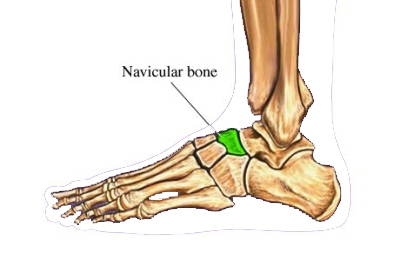 Are you looking for ways to reduce foot pain? Did you know that how you lace and tie your shoes can make a dramatic difference in how well the muscles of your feet are working to keep your arches lifted, active, and supporting you when you’re on your feet!
Are you looking for ways to reduce foot pain? Did you know that how you lace and tie your shoes can make a dramatic difference in how well the muscles of your feet are working to keep your arches lifted, active, and supporting you when you’re on your feet!
Twenty plus years ago when I was in college and got my first pair of arch supports for my then, VERY flat feet. I was taught a new way to lace and tie my tennis to keep my shoes held firmly on my feet. (When you shove extra “stuff” like orthotics in your shoe – the shoe doesn’t always fit the same) Personally, I’ve always been one to wear my orthotics AND the liner insole, but I’m sure some of you who also have arch supports take the insoles out and replace them with your custom orthotics. It might be what you’re used to, or what has been recommended to you by your podiatrist or foot specialist. And it really doesn’t matter if you’ve got inserts or NOT. You might have a skinny foot, or wide forefoot and smaller heel, long toes, a high arch, or flat feet, prone to having your ankles roll inward or outward. For each of us, our feet are uniquely different – but we’re all buying the same shoes! So we might as well learn good strategies for making the best fit for both comfort and performance.
My feet used to get really tired about half-way through my day. In some shoes, it would be only an hour or two and my feet were screaming to be free! And then I learned what the problem was, and the secret strategy for tying my shoes to help keep my arches up, and my whole-body better supported.
Why the Muscles of your Arches May Not Be Supporting You
That knobby bone on the top of your foot is called the navicular bone. It is one of the tarsal bones, and if you notice its position, it’s at the peak of a normal lifted arch. It also is the bone of attachment for the first 3 rays or cuneiform bones, which if you look at the picture for reference, stretch out to become the first 3 toes, or strongest part of the foot for balance and propulsion.
When there is pressure pressing down on the navicular bone (like the laces of a shoe tied tightly across the top of the foot) it automatically cues the muscles of the arch to relax. A relaxed arch does not support the bones of the foot for good posture and healthy movement!
What’s the best solution? Well we could just not tie our shoes as tight…but realistically this isn’t a good option. With a loosely tied shoe our feet will be sliding around in the shoe. Not good for stability, plus the friction of the feet sloshing around in our shoes can lead to blisters – pain and more foot care problems, which is NOT what we’re looking for.
So the best option is to skip around the navicular bone when lacing your shoes. You can make the laces tighter above and below this bone, but if you leave an open space when threading the laces of your shoes, this bone will have the space it needs to avoid unnecessary pressure on a spot that needs to stay lifted for the muscles of your arches to stay active and healthy.
Click here for more details on How To Tie Your Tennies.
Help reduce foot pain with these simple shoe tying tips. Happy feet really do lead to a better attitude, better foot function, and better whole-body health.


0 Comments